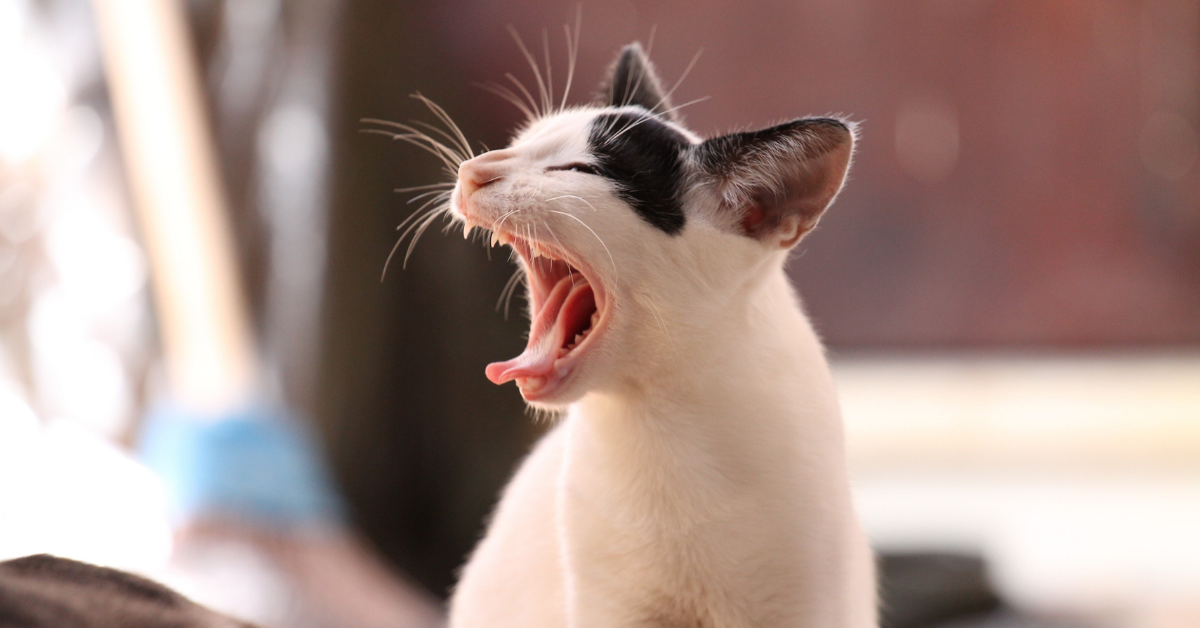
Dental Care For Your Pet
Over the past few years, veterinarians have begun to place increased emphasis on dental care for pets. Dental care is as important for the overall health of pets as it is for humans. According to the Animal Medical Center of New York, 85% of dogs and 50% of cats have periodontal disease by the age of three (http://www.amcny.org/dentistry). Proper dental care can prevent periodontal disease that can lead to more serious health issues, and could actually increase your pet’s life by two to five years.
Stages of Periodontal Disease
Periodontal disease is caused by bacteria in the mouth causing a build-up of plaque and tartar on the teeth and gums. The first stage of periodontal disease is gingivitis. Tartar is visible on the teeth and you will notice some redness and swelling at the gum line. The second stage is early periodontitis. Here you will notice the entire gum becomes inflamed and swollen. The mouth becomes painful and you may notice an odor coming from the mouth. Stage 3 is moderate periodontitis. At this stage, any damage done may be irreversible. The gums become very red and will start to bleed; infection has set in at this point. The mouth becomes sore and you may notice a decrease in your pet’s appetite. They may paw at their mouth. The fourth and most serious stage is advanced periodontitis. Infection begins destroying the gums, teeth and bones in the mouth. Bacteria and infection may begin spreading through the entire body, potentially causing damage to the heart, kidneys and liver.
Treatment
The first two stages of periodontal disease are very treatable. Your veterinarian will perform a regular dental cleaning, removing the plaque and tartar build-up above and below the gum line. Then the teeth will be polished to fill in any small cracks in the teeth. This will help prevent any future plaque formation. Most pets will be put under anesthesia for the procedure. In mild cases, depending on the temperament of the pet, this can be done without anesthesia. The advanced stages of periodontal disease require treatment that is more extensive. The pet will be put under anesthesia for a thorough dental exam and x-rays. They will be given a deep dental cleaning and some teeth may have to be extracted. The pet will probably be sent home with an antibiotic to fight off any infection.
Prevention
As you can see, it is very important not to let your pet get to the advanced stages of periodontal disease. One of the most effective methods of prevention is regular brushing of your pet’s teeth. Ideally, this should be done on a daily basis. It is best to start a brushing routine from the time you get your pet, in order to get them used to it. Your vet will also more than likely recommend a yearly dental exam and cleaning. Feeding your pet kibble or hard food and hard, crunchy treats will also help control the build-up of plaque on their teeth. If you want to feed soft food, do so only as an occasional treat or as a “topper” on some kibble. Dental chews and bones made out of nylon are good preventatives. Most pet stores have a wide variety of dental care products to help you prevent dental problems in your pet. It may take a bit of trial and error to find out which works best for you and your pet.
February is National Pet Dental Health Month. Most veterinarians will offer specials on dental treatments during the month of February. It is the perfect time to get a dental examination for your pet and set them up on a regular dental care routine and annual vet visit for teeth cleaning.
For more information on dental care for your pet, visit http://www.avma.org/animal_health/npdhm/default.asp.






